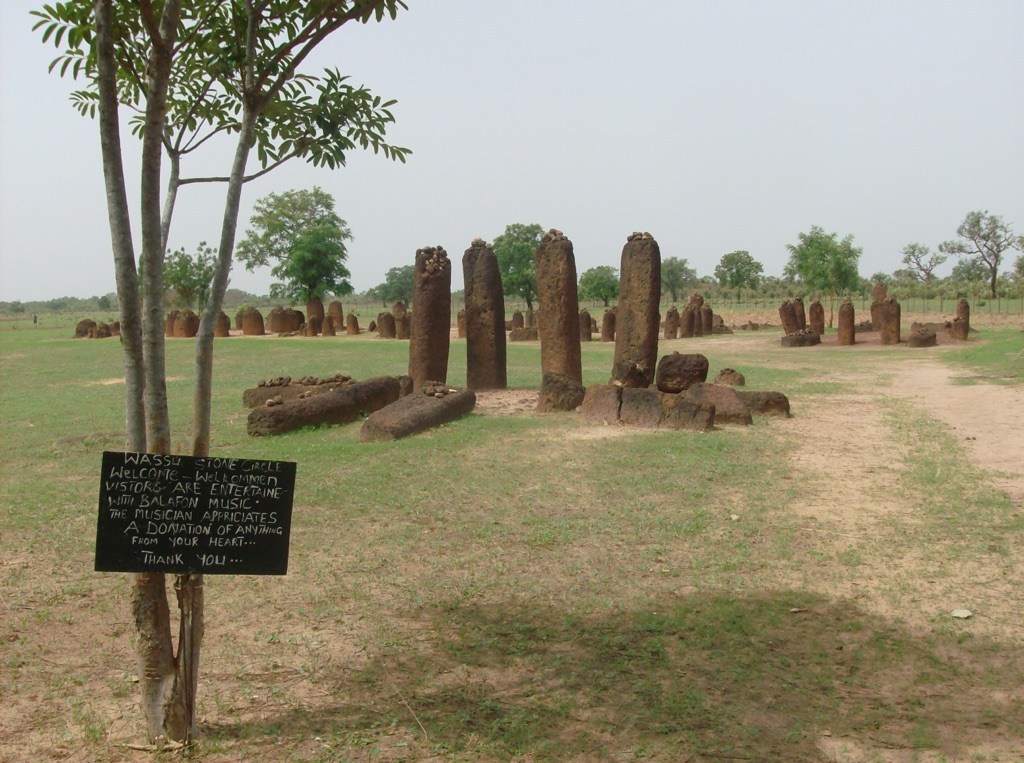The Stone Circles of Senegambia are remarkable megalithic structures found in the Gambia and central Senegal. These circles are known for their historical significance and mysterious origins. They consist of thousands of stones arranged in concentric circles, some of which weigh several tons. The Stone Circles of Senegambia are believed to have been constructed between the 3rd century BC and the 16th century AD, serving as burial sites. In 2006, UNESCO recognized these sites as World Heritage Sites, acknowledging their cultural and historical importance.
Serer People
The Serer people are an ethnic group native to the Senegambia region, which encompasses parts of present-day Senegal and The Gambia. Their history is rich and spans several centuries, with roots that can be traced back to the early medieval period. The Serer civilization timeline is marked by their resilience and ability to maintain their distinct cultural identity amidst various external influences and changes over the centuries.
One of the major moments in the history of the Serer people was their resistance against Islamization. Unlike many of their neighbors in West Africa, the Serer largely retained their traditional religion, which has been a defining element of their identity. This resistance was not without conflict, leading to several wars and battles with Muslim states and communities in the region, particularly during the expansion of the Mali Empire and later with the Jolof Empire. Despite these pressures, the Serer managed to preserve their religious beliefs and practices, which are still prevalent today.
The traditional Serer religion is deeply intertwined with their cosmology, social structure, and daily life. It is a polytheistic faith that venerates ancestors and believes in a supreme deity called Roog (or Koox among the Cangin Serer). Their religious practices are characterized by rituals, ceremonies, and festivals that mark significant life events and seasons, reflecting their close connection to the natural world. The Pangool, ancestral spirits, play a crucial role in Serer religion, acting as intermediaries between the living and the divine.
Social and daily life among the Serer people is organized around the family and community, with a strong emphasis on agriculture. They are renowned for their expertise in farming, particularly millet and other cereals, which are staples of their diet. Fishing and livestock herding are also significant aspects of their economy. The Serer social structure is traditionally hierarchical, with a clear distinction between nobles, freeborn, artisans, and slaves, although these distinctions have become less pronounced in modern times.
The political history of the Serer people includes a period when they were organized into several small kingdoms and chiefdoms. These entities were often led by a Lamane (an ancient title denoting land ownership and leadership) and later by Maad a Sinig (king) in the Kingdom of Sine and Maad Saloum (king) in the Kingdom of Saloum. These rulers played crucial roles in the governance, judicial processes, and religious ceremonies of the Serer people. Notable kings include Maad a Sinig Kumba Ndoffene Fa Ndeb Joof of Sine and Maad Saloum Mbegan Ndour.
The Serer kingdoms were known for their military prowess and participated in various wars and battles, defending their territories against external invasions and engaging in conflicts with neighboring states. The Battle of Fandane-Thiouthioune, also known as the Battle of Somb, in 1867, is one such example where the Serer of Sine, under the leadership of Maad a Sinig Kumba Ndoffene Famak Joof, successfully resisted an invasion by the Muslim Marabout forces from Saloum.
In terms of cultural contributions, the Serer people have a rich heritage that includes the Saltigue, highly respected ritual diviners who play a crucial role in predicting future events and advising on matters of significance to the community. Their knowledge of the environment, astronomy, and traditional medicine is highly regarded. The Serer also have a vibrant tradition of oral literature, including myths, legends, and historical narratives, which are passed down through generations by the griots.
Today, the Serer people continue to contribute significantly to the cultural, social, and political landscape of Senegal and The Gambia. Despite the challenges of modernization and globalization, they maintain a strong attachment to their traditions and values, which are evident in their religious practices, social ceremonies, and daily life. The resilience and adaptability of the Serer people have allowed them to preserve their unique identity while navigating the complexities of contemporary African society.

